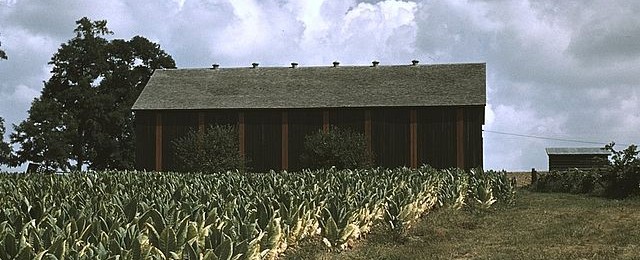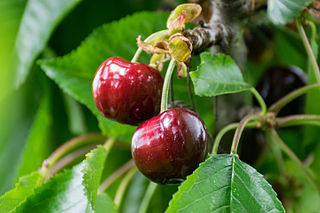Climate and Ag in the news
-

This week is Hurricane Awareness week for NOAA. All week the National Weather Service will be providing information about hurricanes and tropical storm risk. In the Southeast we are particularly vulnerable to Atlantic hurricanes, and after more than ten years without a strong storm, it feels like we are overdue for one. Today’s blog post…
-

Today is the first day of the official tropical season in the Eastern Pacific Ocean. And right on time, we see a 10% chance of formation from a disorganized system of clouds. As we swing from El Niño to La Niña this summer, we are likely to see fewer than usual storms in the Eastern…
-

The Southeast Farm Press reported this week that a frost which hit the Tobacco Belt in mid-April caused damage to some young tobacco transplants this year. Initial concerns were for a significantly reduced crop, but most fields have recovered with little loss, it appears. The report states that “The damage seemed worse on the light/sandy…
-

In preparation for an interview next week, I am reading “The Worst Hard Time: The Untold Story of Those Who Survived the Great American Dust Bowl.” It’s a great book, and I am enjoying it. I was struck this morning by a description of the dust storms of mid-May, 1934 (82 years ago this week),…
-

Even though California needs rain to combat the multi-year drought they’ve been experiencing, rain at the wrong time can hurt the production of fruit and other crops. The Packer noted this week that rain in California delayed the harvest of cherries in parts of the state and heavy rains and temperature fluctuations in early May…
-

The latest Southern SARE newsletter is now available. You can view it here. It lists a variety of workshops and other activities in sustainable agriculture, including livestock and cover crop workshops, that might be of interest.
-

Last fall Seeker.com posted an article describing the vegetation changes that are being seen in the Florida Everglades due to rising sea levels. The article notes that “Salt-loving mangroves in the Everglades have marched inland in the past decade, while freshwater plants — such as saw grass, spike rush and tropical hardwood trees — lost…